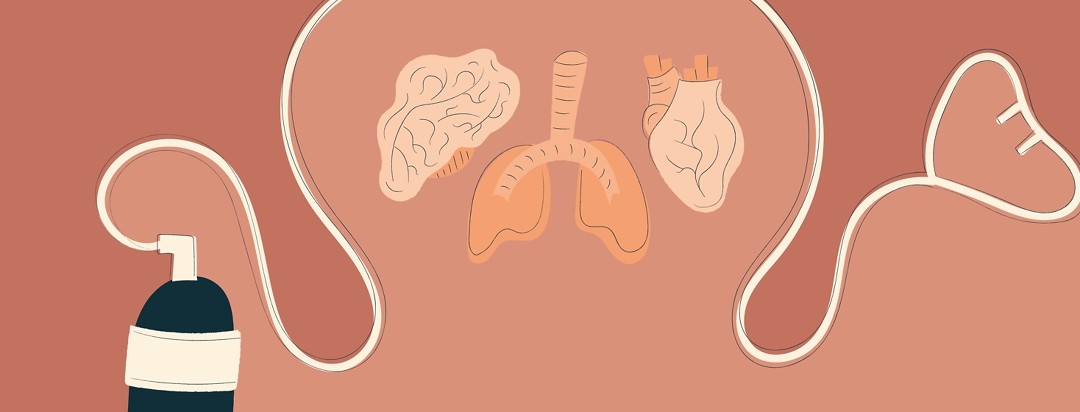Oxygen Depletion
After 8 years of living with COPD, you’d think I know all about oxygen and its usefulness in treating the disease. I don’t. But I’m always anxious to learn. I didn’t know as much about oxygen saturation as I wanted to. So, on to the internet we went.
Oxygen saturation
Oxygen (O2) saturation is represented as a fraction. The numerator is the amount of oxygen-saturated hemoglobin and the denominator is the total amount of hemoglobin in the blood. The body requires a precise balance of oxygen in the blood.1 A fact most of us have been taught, but one I don’t seem to remember at times, is that oxygen is prescribed to prevent organ damage which can happen when your oxygen becomes “de-saturated”.
Blood oxygen levels
It’s never a treatment for SOB (shortness of breath). “Normal” levels of blood oxygen saturation are 95–100 percent.2 With COPD, there is a very real chance that arterial blood oxygen levels may have fallen below 90 percent. That’s about where I’m at. I’m Stage IV so I’ve seen it go down as far as 88 on my pulse oximeter.
Not good.
This kind of measurement may indicate the very real possibility of compromised organ function and should be attended to immediately. If the situation is not readily addressed, low oxygen levels might lead to respiratory or cardiac arrest. At those times, oxygen therapy can be used to raise blood oxygen levels.3
Shortness of breath and desaturation
But here’s where it’s always gotten a little confusing for me - although blood oxygen desaturation can cause shortness of breath, some shortness of breath is not caused by desaturation. In other words, some people can become desaturated without feeling short of breath. I often feel SOB as soon as my O2 drops to 90 or below. But my pulmonologist tells me this is most likely due to air-trapping (emphysema) which, in my case, will kick-in about the time my exertion has caused my saturation to drop.
Key takeaways
Other common causes of shortness of breath (and these are the key takeaways for me) with COPD are:
- Being out of shape: As I found out, it doesn't take much "sitting around doing nothing" to become “de-conditioned.” Deconditioned muscles need more oxygen.
- Being overweight: It makes conditioning even more important. Hauling an extra 20 or 50 or 100 pounds around can take a LOT more conditioning. (Imagine having to carry a sack filled with 50 pounds of anything all the time).
- Air-trapping: Failing to fully exhale then inhaling repeatedly leaves less and less room for fresh air. Eventually, we can't take in enough fresh air and our CO2 levels cause SOB. (This is NOT CO2 retention, which is high CO2 arterial pressure at rest).
- Irritants: Cold air, wood smoke, perfumes, and other fumes can cause our airways to constrict and spasm causing SOB. In extreme cases, inflammation can follow the spasms causing longer-term problems.
A difference in your breathing
When you see folks in good health (conditioned) at a gym, almost all of them are SOB while working out even though their saturation is fine. But when you are very deconditioned, even walking to the next room can be a workout. So remember, go to pulmonary rehab as often as possible. Those exercises aren’t just good for your lungs – they’re good for leg muscles, arm muscles, and muscles throughout your body. You’ll soon feel a difference in your breathing because of muscle conditioning and the diminishing of those extra “20 or 50 or 100 pounds” you’ve been carrying around. Guaranteed!

Join the conversation